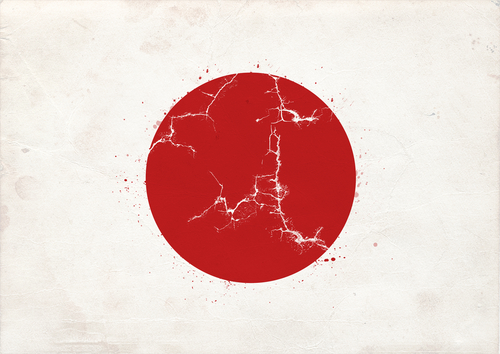
The final death toll from the earthquake and resulting tsunami in Japan is now expected to exceed 18,000. While that number paints a far graver picture than the initial, much lower estimates, many believe that the human fallout from a magnitude 9.0 quake would have been worse if it wasn’t for the country’s strict building codes.
In that sense, Japan’s path towards resiliency should be a lesson to other nations threatened by seismic activity. Either modernize and fortify your construction and infrastructure or jeopardize the lives of your citizens when the next major earthquake hits.
Unfortunately, improved building standards are not the only impediment to better preparedness. A new study from a University College London researcher Helene Joffe has shown that there are some significant psychological hurdles as well — and the underlying rationale may vary from culture to culture.
In Japan, for example, responses to her survey about how safe people would feel if an earthquake hit revealed a fatalistic outlook, meaning that many people didn’t believe that improved building standards — or any other preparedness efforts, really — would ultimately make any difference.
Japanese participants, while being the most confident in the structural integrity of their buildings, had a more negative response than those in the US when asked “How safe would you feel being inside your house during an earthquake?” The Japanese also scored lowest on the number of seismic adjustments they had made: an average of seven, compared with nine in the US. Joffe says there was far more talk of worry, anxiety, fear and a sense of vulnerability from Japanese respondents, while those in the US had a much greater feeling of optimism.
Japanese participants gave the impression that damage is caused by the force of an earthquake alone rather than arising as the result of interactions between uncontrollable geophysical events and controllable features of the built environment, says Joffe. “We found the Japanese participants to be more fatalistic than we expected,” she says. “The feeling was that you can do whatever to your house but what is going to happen is going to happen and there is very little you can do to change that.”
Other survey participants came from Turkey, another nation with high seismic risks. Here, too, people had a “there’s nothing you can do” attitude, something that was skewed both by religion and a distrust of government.
In Turkey, there was much more talk of earthquakes being an act of God. There was also much more talk of distrust in government and corruption. “They thought that their buildings were badly built and that there was nothing they could do to prepare because everything was negatively affected by corruption,” says Joffe.
We already know that there many hurdles to better disaster preparedness: budget constraints, complacency, a lack of urgency and an “it won’t happen to me” attitude, to name just a few. But according to Joffe, this new information means that policymakers must also begin to incorporate cultural understanding into their efforts.
Joffe’s team says the current models of seismic adjustment need to give a more prominent role to these cultural influences. They will use their results to identify how best to motivate people to make changes.
“If we find that fatalism is leading the Japanese not to make necessary adjustments, then it may be better to go in on the engineering side and retrofit their houses,” she says. “In Turkey, on the other hand, you’re not going to change vulnerability without starting with corruption.”
For more on the other psychological hurdles, read this excellent piece that FM Global’s Ruud Bosman wrote for us recently highlighting research that his company conducted.


